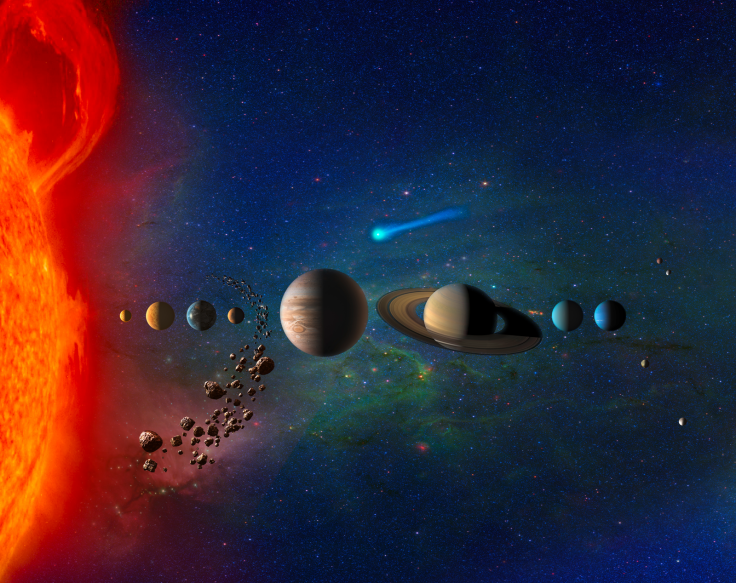NASA Receives 12 Proposals For Next New Frontiers Mission

NASA announced Thursday that it received 12 proposals for its next mission under the New Frontiers program. The proposals, which include the launch of an uncrewed spacecraft that would collect samples from a comet’s surface and a probe that would investigate Saturn’s moons Titan and Enceladus, will now undergo scientific and technical review over the next seven months.
The next mission would be selected for flight in about two years, and would be launched in the mid-2020s.
Read: Did A Supernova Trigger Solar System Formation?
“New Frontiers is about answering the biggest questions in our solar system today, building on previous missions to continue to push the frontiers of exploration,” Thomas Zurbuchen, associate administrator for NASA’s Science Mission Directorate, said in a statement. “We’re looking forward to reviewing these exciting investigations and moving forward with our next bold mission of discovery.”
The 12 proposals for unmanned solar system exploration fall within six “mission themes”:
- Comet Surface Sample Return: A spacecraft would be sent to a comet to acquire a microscopic sample of its surface, and bring it back to Earth. Scientists hope that analyzing these samples would help them understand the origin and distribution of organic compounds in the solar system.
- Lunar South Pole-Aitken Basin Sample Return: The South Pole–Aitken basin is a 1,600-mile impact crater on the far side of the moon. Analysis of samples from this area could shed light on the formation of the moon and the history of the Earth-moon system.
- Ocean Worlds (Titan and/or Enceladus): A robotic spacecraft would investigate the hydrocarbon seas of Saturn’s largest moon Titan and its sixth-largest moon Enceladus, which observations suggest has a massive subsurface ocean.
- Saturn Probe: A probe would explore Saturn’s dense atmosphere and study its structure.
- Trojan Tour and Rendezvous: A spacecraft would examine two or more small bodies sharing the orbit of Jupiter, and carry out several flybys.
- Venus In Situ Explore: A robotic probe would investigate the dynamics of the thick atmosphere enveloping the hottest planet in the solar system and possibly examine the composition of surface materials.
“Selection of one or more concepts for Phase A study will be announced in November,” NASA said. “At the conclusion of Phase A concept studies, it is planned that one New Frontiers investigation will be selected to continue into subsequent mission phases. Mission proposals are selected following an extensive competitive peer review process.”
The New Frontiers program, which NASA says is aimed at — among other things — examining the “big picture” of the solar system, kicked off in 2006 with the launch of the New Horizons spacecraft. So far, in addition to the New Horizons mission to Pluto, two other missions have been launched as part of the program.
The Juno probe, launched in 2011, is currently orbiting Jupiter. The primary goals of the $1.1 billion mission are to find out whether Jupiter has a solid core, how its atmosphere and magnetosphere formed, and whether there is water in the gas cloud shrouding the planet — information that may not only provide vital clues to how the planet formed and evolved, but also to how the solar system we live in came into existence.
Meanwhile, the OSIRIS-REx spacecraft, launched in September, is en route to the near-Earth asteroid Bennu, which it will rendezvous with in 2018. After a careful survey of the asteroid’s surface in the visible and infrared spectra, it will collect between two and 70 ounces of sample material and return it to Earth via a detachable capsule in 2023.
The next mission, once it’s finalized, would be the fourth one in the New Frontiers portfolio.
© Copyright IBTimes 2025. All rights reserved.






















